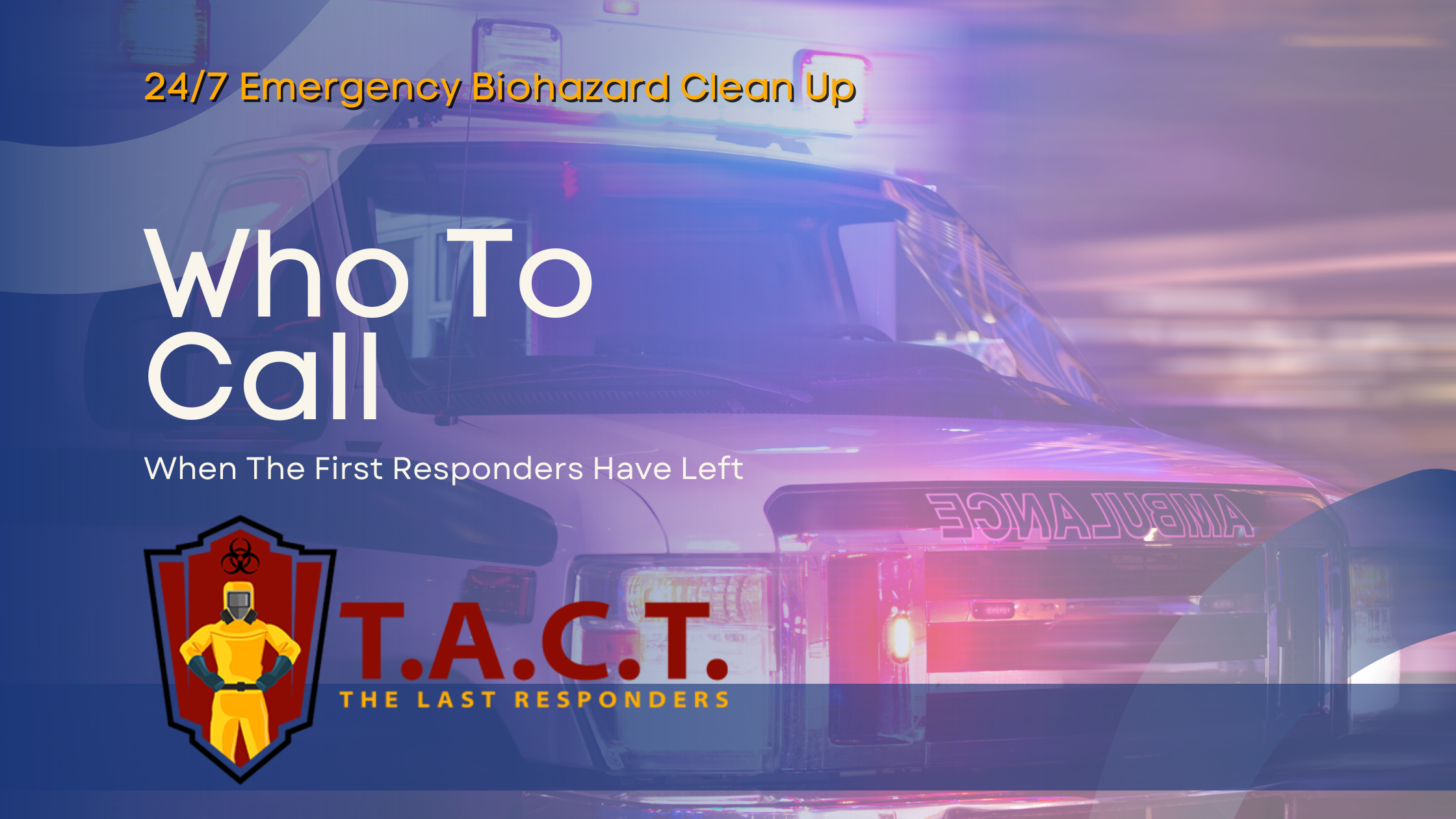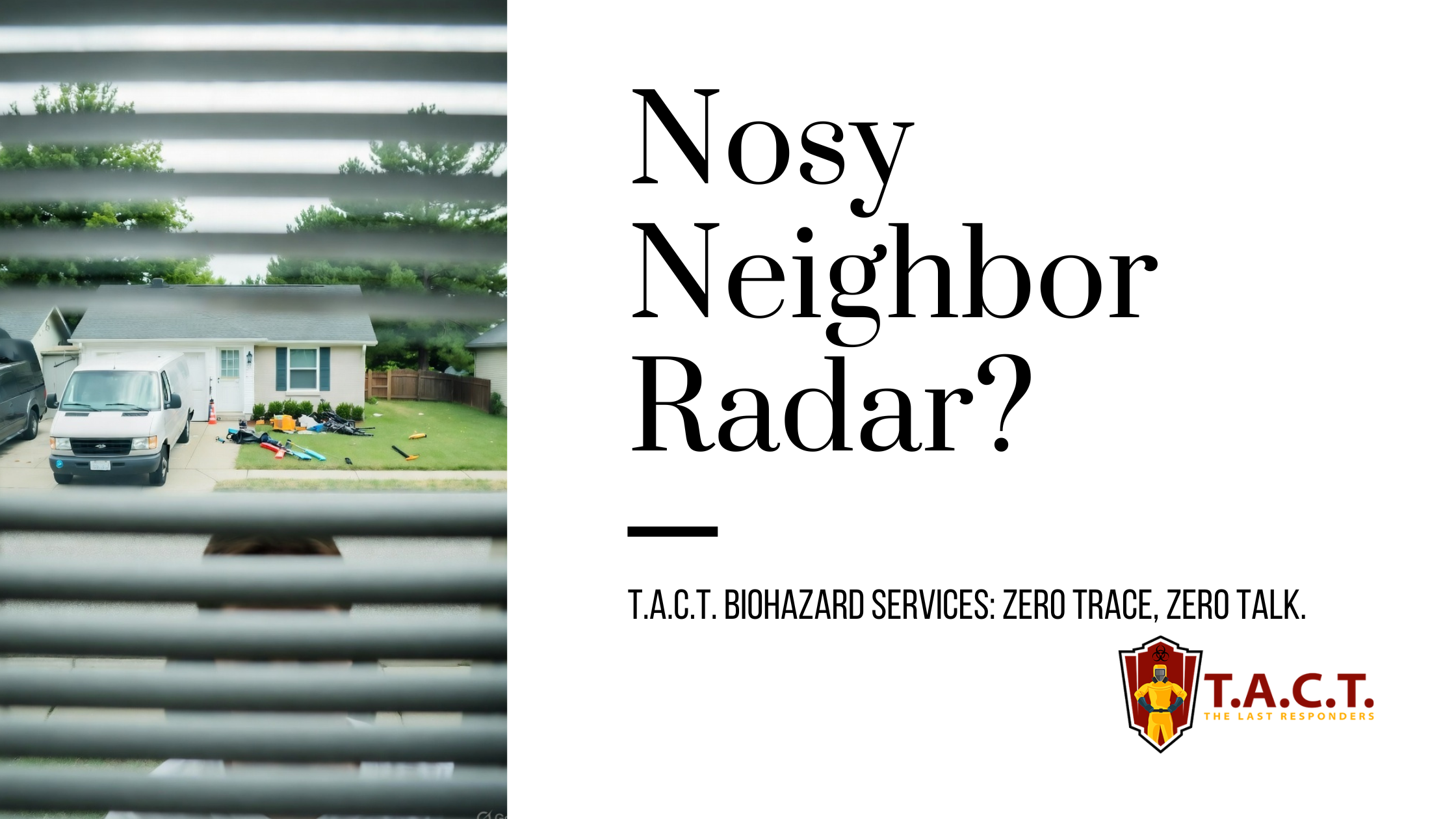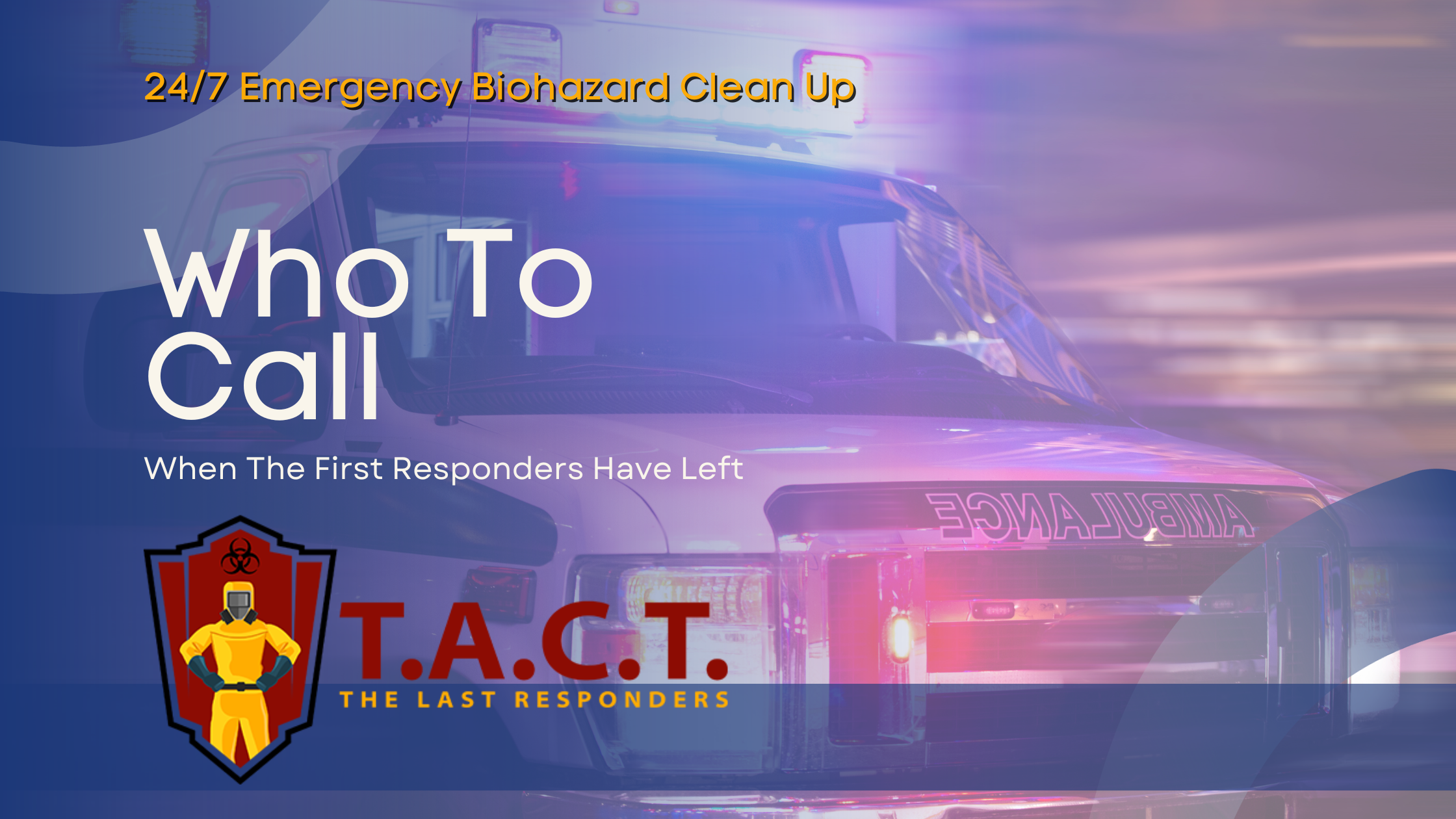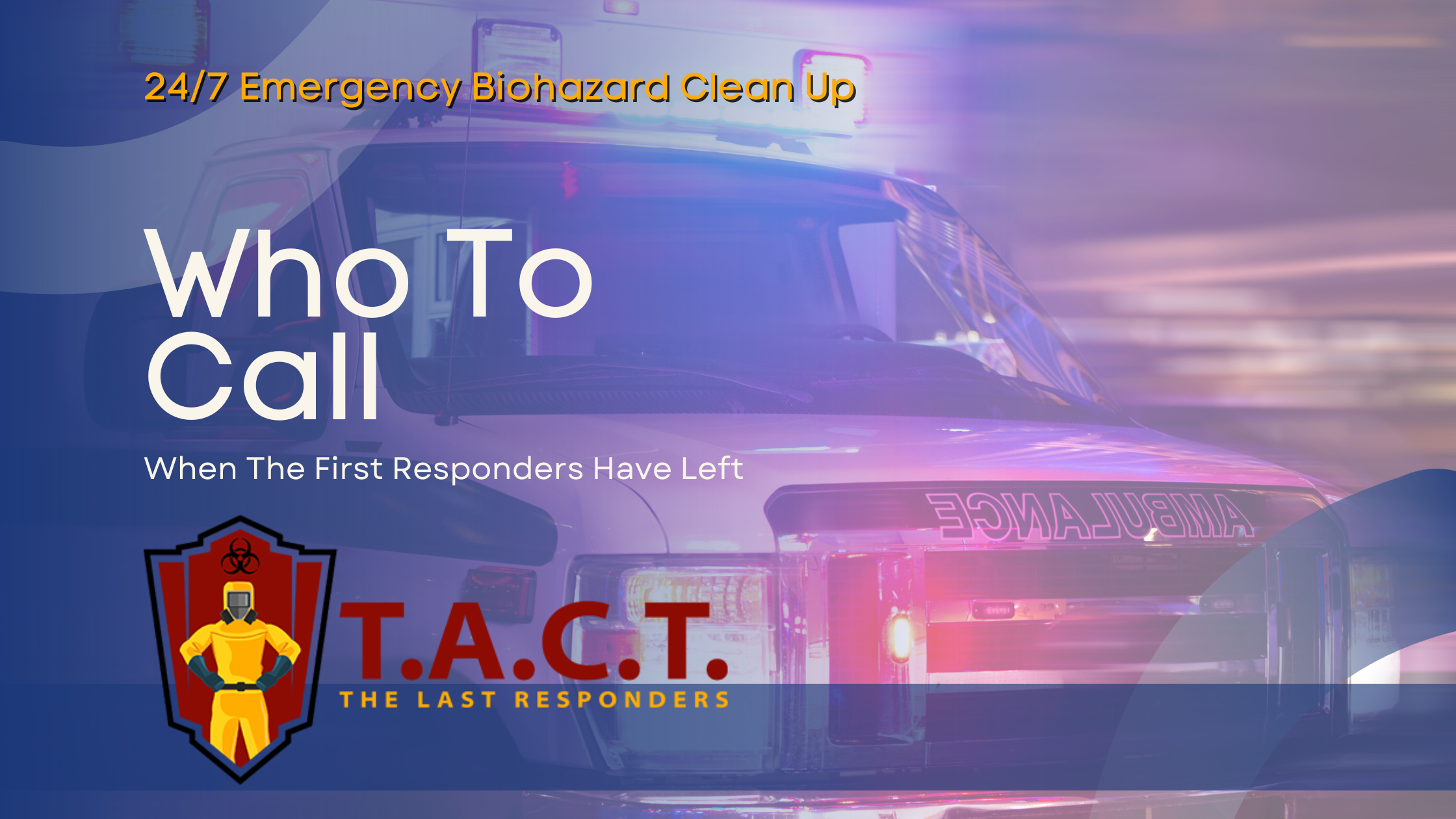Guide to hoarding clean up

The Essential Guide to Hoard Clean Up Steps for Clearing a Home Safely
Hoarding is more than just a clutter problem. It’s a deeply rooted mental health challenge that can take over homes and lives, impacting the well-being of individuals and those who care about them. If you’re searching for an answer on hoarding clean up, you’re not alone. Addressing this issue with respect, compassion, and the right strategy is crucial to restoring both living spaces and peace of mind. This guide provides step-by-step help for clearing a hoarder’s house, outlines when to seek professional hoarding cleanup services, and offers strategies to support long-term change.
Understanding Hoarding
Hoarding is a complex disorder marked by difficulty discarding or parting with possessions, often regardless of their value. There are several reasons why individuals develop hoarding behavior, including emotional attachments, anxiety, and past trauma. This behavior can escalate over time, leading to hazardous, unsanitary, and unsafe living conditions. Understanding hoarding behavior is essential for effective intervention and support. The emotional toll of hoarding extends to family and friends, making empathy and understanding essential when approaching cleanup.
Key Signs and Symptoms
Persistent difficulty discarding items, even those with little or no value
Severe clutter that creates unsafe or unsanitary living conditions
Strong emotional attachments to possessions
Disorganization that interferes with everyday life
Complaints or concerns from family, friends, or neighbors
Recognizing these signs early can be the first step toward seeking help. If you or someone you care about shows these symptoms, a hoarding intervention may be necessary.
The Impact Beyond the Individual
Hoarding affects people of every age, gender, and background. Family members may feel helpless or frustrated, while the individual may experience isolation or shame. Each person affected by hoarding requires understanding and tailored support to address their unique challenges. Professional support, including hoarding cleaning services and mental health resources, provides a lifeline for all involved.
Preparing for Cleanup
Taking the first step in any hoarding cleanup can be daunting. Careful preparation sets the stage for a safer, more efficient process. Preparing for the job ahead ensures that the cleanup is manageable and effective.
Create a Comprehensive Hoarding Cleaning Checklist
A checklist keeps efforts organized and ensures no area is overlooked. Your list should cover:
Addressing pest infestations if present
Identifying items of sentimental value
Deep cleaning and disinfecting of all spaces
Gather the Right Tools and Supplies
Cleaning a hoarder’s house often involves exposure to dust, allergens, and unsafe materials. Essential items include:
Heavy-duty gloves and masks
Cleaning and sanitizing products
Trash bags and boxes for sorting
Protective clothing or coveralls
Flashlights and first aid supplies
Basic hand tools for minor repairs or opening stuck doors
Safely disposing of hazardous materials, such as old paint, according to local regulations
Build a Strong Support Team
Support is crucial. Family members and friends can be invaluable for providing encouragement and muscle. However, it’s often best to include professionals experienced in hoarding clean up for guidance, safety, and efficiency. They come prepared for everything from hazardous waste disposal to compassionate communication, and have the expertise to deal with the unique challenges of hoarding situations.
Seeking Professional Help
Tackling severe hoarding situations should never fall entirely on untrained shoulders. Professional hoarding cleaning services bring in-depth expertise, specialized equipment, and a respectful, judgment-free approach. These clean up services are designed to address the specific needs of hoarding situations with sensitivity and efficiency.
When to Contact the Experts
The amount of clutter poses safety or hygiene risks
There is a risk of trips and falls due to blocked pathways or excessive clutter.
Hazardous materials or biohazards are present
Pest infestations are suspected
The emotional or physical scope is overwhelming
Professional teams coordinate with mental health professionals as needed and prioritize sensitivity throughout the process, ensuring the dignity and autonomy of everyone involved.
What to Look for in a Hoarding Cleaning Service
Compassionate, non-judgmental staff
Evidence of prior experience in hoarding cleanup
Licensing and insurance for hazardous waste removal
Ability to develop and explain a step-by-step clean up plan
Willingness to involve clients in critical decisions, especially around sentimental possessions
Experience in clearing out storage units and other off-site spaces affected by hoarding
Understanding the Cleanup Process
A safe and successful hoarding cleanup follows a systematic plan that addresses safety, emotional well-being, and organization. Each step in the process is a critical task that requires careful planning and execution.
Step One Assessment and Planning
A thorough assessment helps identify key issues such as fire hazards, blocked exits, or mold. Approaching the assessment with a sense of empathy ensures that the individual's needs and feelings are respected. This evaluation informs a customized approach, prioritizing health and safety.
Step Two Sorting and Decluttering
The next stage involves sorting possessions into categories:
Items to keep
Items to donate or gift
Items to discard due to damage or risk
Common hoarded items include clothes, papers, and miscellaneous stuff that can quickly accumulate. Care should be taken when throwing away hoarded items, as some may have sentimental value or be necessary. Not all items should be thrown out without careful consideration, and impulsive throwing or deciding to throw items away can be distressing for the individual.
All items are handled with care and respect, with consideration for personal and sentimental value. The individual should always be included in this phase to reduce anxiety and promote ownership of the change.
Step Three Debris Removal and Deep Cleaning
This is the physical and often most labor-intensive part of the process:
Removing trash and clutter, including junk, garbage, and spoiled food that may pose health risks.
Cleaning and disinfecting all surfaces, floors, and fixtures. Ensuring that every area is thoroughly cleaned is essential for restoring a safe and healthy environment.
Treating and preventing pest infestations
Making basic repairs if needed to ensure safety
Step Four Restoration and Reorganization
Once the space is clear and clean, professionals help set up systems to support organization going forward. Getting rid of unnecessary items is a key part of maintaining a clutter-free environment. This might include new storage solutions, labeling, or maintenance plans.
Prioritizing Emotional Well-Being
Throughout the process, regular check-ins and emotional support are key. Addressing the emotional stress that often accompanies hoarding is crucial for long-term recovery. Breaking the work into manageable steps and celebrating progress helps reinforce positive change. Many individuals struggle with the idea of wasting potentially useful items, which can make letting go especially difficult.
Cleanup Strategies and Tips
Lasting results require more than a one-time clean. This hoarding cleanup guide offers practical cleanup tips that can generally be applied to most situations. The following approaches maximize the chances of long-term success.
Tackle One Room or Area at a Time
Focus efforts to avoid feeling overwhelmed
Complete each area before moving on to the next
Use visual progress to motivate ongoing efforts
Give Every Item a Home
Assign specific places for frequently used items
Use clear storage bins or labels to maintain order
Keep high-traffic areas clear to promote daily living
Invest in Storage Solutions
Use shelving, containers, and organizers to reduce clutter
Store sentimental items safely and accessibly
Limit future accumulation by practicing “one in, one out” when buying new items
Commit to Regular Maintenance
Schedule routine cleaning and organization days
Enlist friends, family, or support groups for accountability
Watch for early warning signs of hoarding returning
Address Underlying Causes
Sustained recovery often depends on mental health support. For many, the same reasons that make it hard to let go of possessions—such as sentimental value or perceived usefulness—are at the root of hoarding behavior. Connecting with therapists who specialize in hoarding disorder can help prevent relapse by addressing anxiety, trauma, or emotional triggers that fuel the urge to hoard. Dealing with hoarding requires a comprehensive approach that addresses both the psychological and physical challenges.
Moving Forward with Confidence and Compassion
Clearing a hoarder’s house transforms more than just rooms; it can restore health, dignity, and peace to lives. The process is challenging, but with the guidance of professional hoarding cleanup services and the support of loved ones, recovery and renewal are possible. It's important to consider the cost of cleanup services and plan how to pay for them, as money can be a significant factor in accessing professional help.
Start by recognizing the signs, set clear goals with a checklist, and never hesitate to reach out for help. Remember, everyone deserves a safe and welcoming home.
Meta data
Meta title
Essential Steps for Hoarding Cleanup and Clearing
Meta description
Discover effective hoarding cleanup strategies. Learn essential steps, tips, and when to seek professional help for clearing a hoarder’s house safely. Visit our site for more resources and support on hoarding cleanup.
Latest news

Nosy neighbors peeking? T.A.C.T. North Atlanta offers discreet biohazard remediation for rodent infestations, mold, hoarding, and more. Unmarked vehicles, quiet experts, full privacy—24/7 service at 470-781-4775.
Read More

